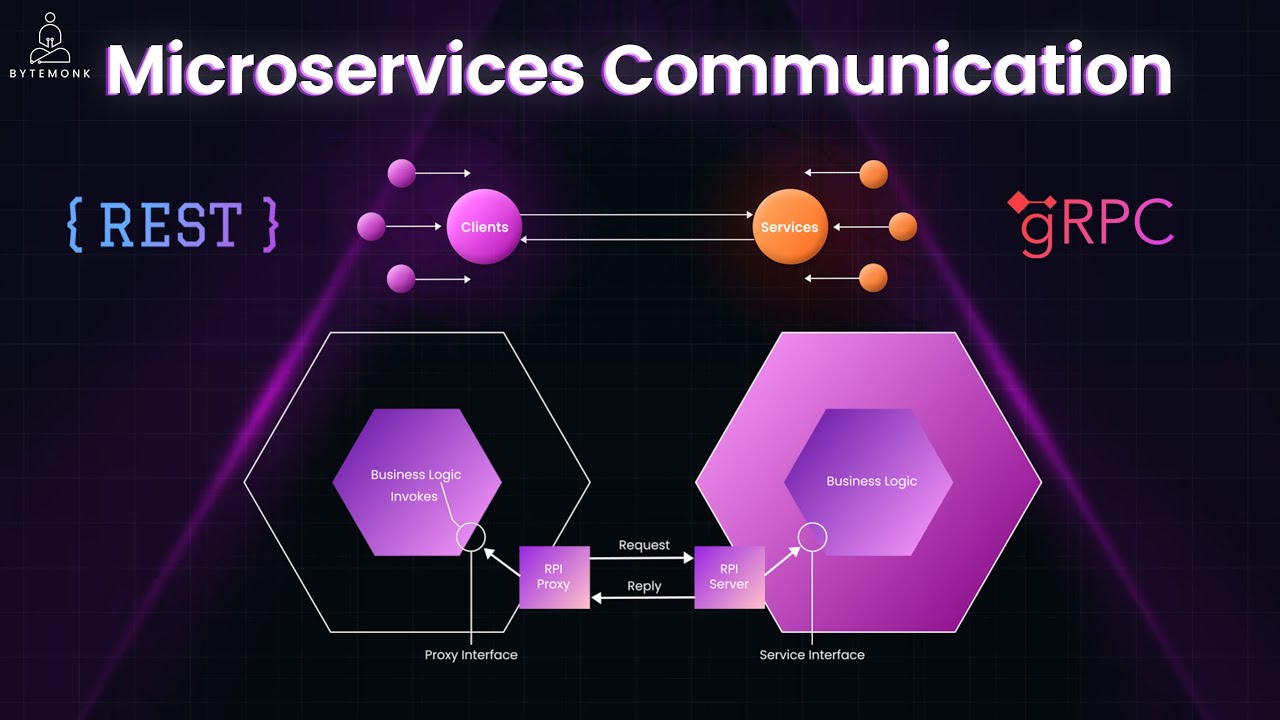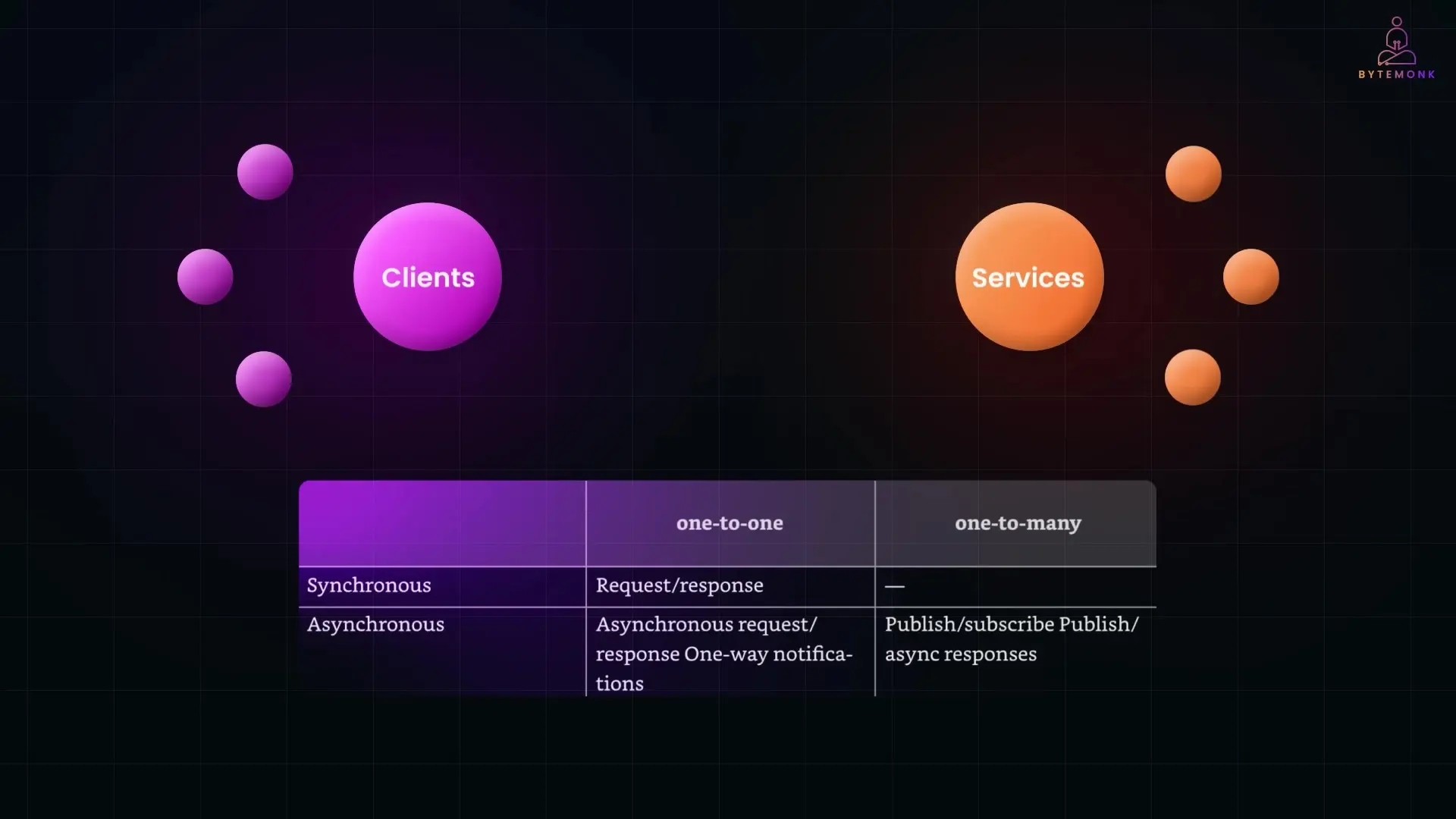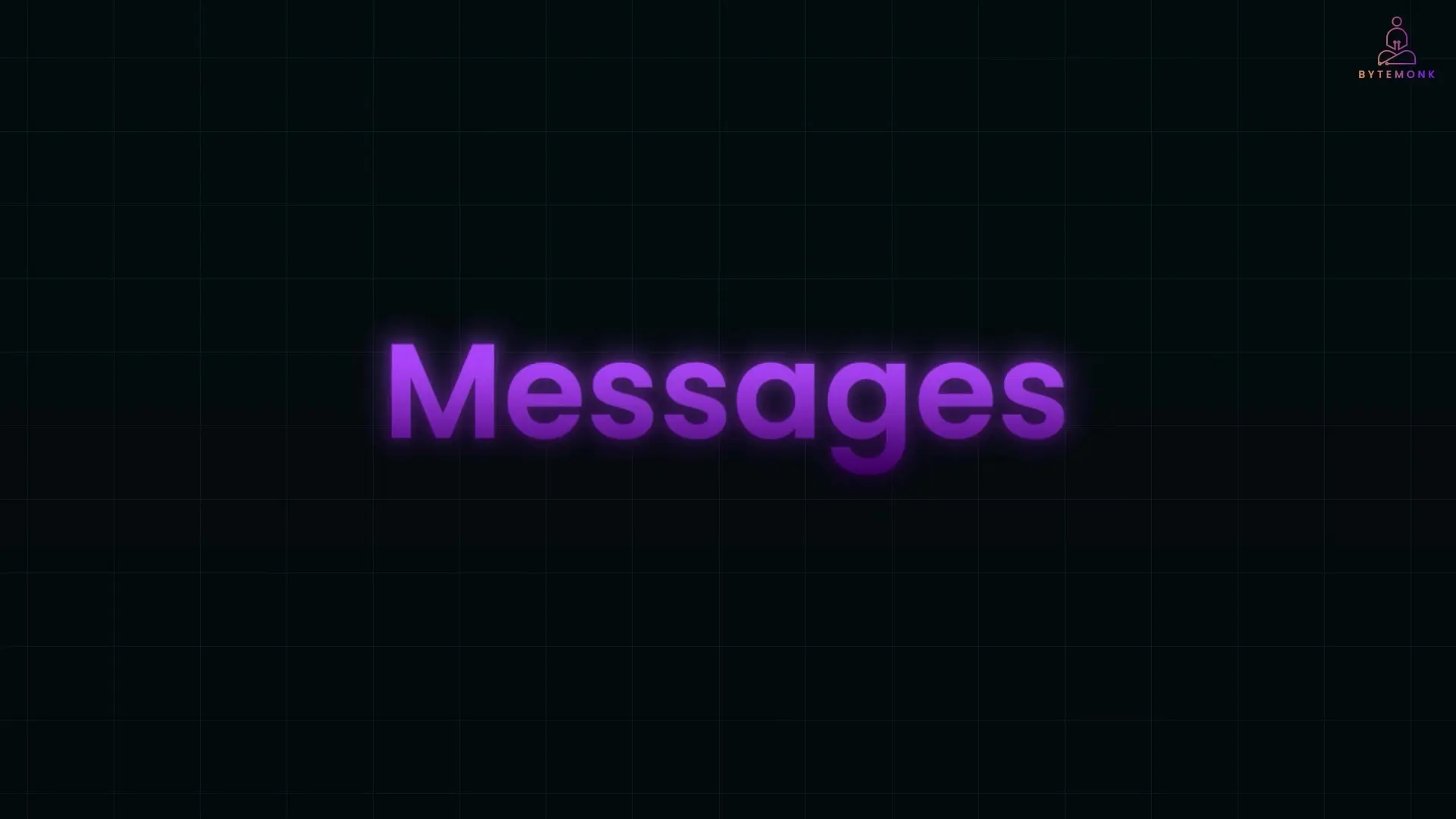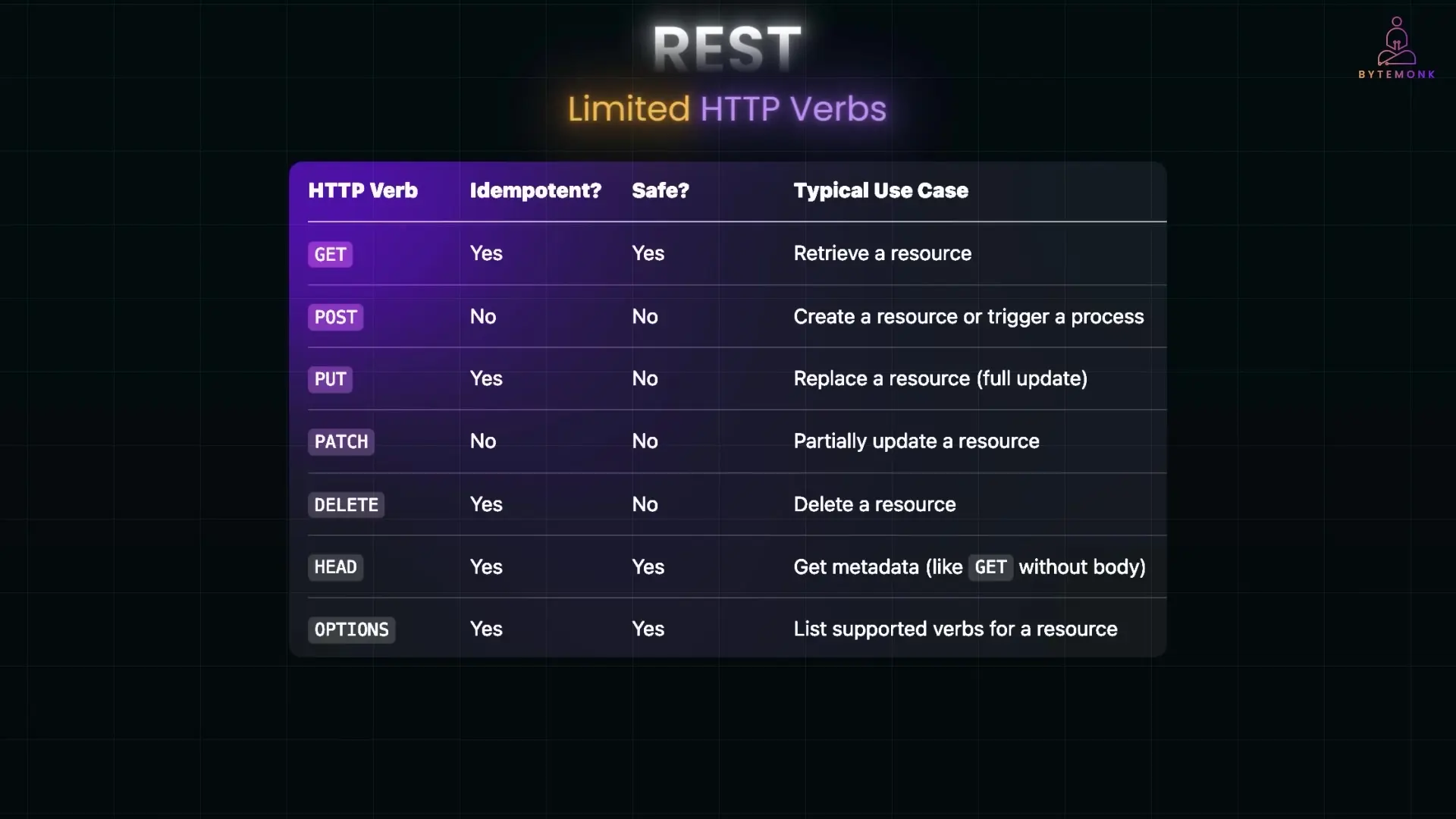
When building applications with microservices, one of the most critical decisions you'll face is how your services will communicate with each other. This interprocess communication (IPC) choice can significantly impact your application's performance, maintainability, and scalability. In this comprehensive guide, we'll explore the two primary communication patterns - gRPC and REST - and help you determine which is best suited for your microservices architecture.
Understanding Microservice Communication Styles
Before diving into specific technologies, it's essential to understand the fundamental interaction styles available for microservices. These can be categorized along two dimensions: timing (synchronous vs. asynchronous) and cardinality (one-to-one vs. one-to-many).

Synchronous vs. Asynchronous Communication
In synchronous communication, a client service sends a request and expects an immediate response. The client typically pauses its execution until it receives that response - similar to making a phone call and waiting for someone to answer. This approach is straightforward but can create tight coupling between services.
Asynchronous communication, on the other hand, allows a client to send a request without waiting for an immediate response. The client continues its processing while the service handles the request at its own pace - more like sending an email and continuing with your day. This pattern provides greater flexibility and resilience.
One-to-One vs. One-to-Many Interactions
In one-to-one interactions, a single client communicates directly with a single service. This is the simplest form of communication and is often implemented through request-response patterns.
One-to-many interactions involve a client's request being processed by multiple services. This typically follows a publish-subscribe (pub/sub) model, where a client broadcasts a message and any number of interested services can receive and process it.
The Importance of API-First Design
Regardless of which IPC mechanism you choose, adopting an API-first approach is crucial for successful microservices implementation. In this approach, you clearly define your APIs before writing any code, share these definitions with client developers, gather feedback, make adjustments, and only then begin implementing your services.
This approach ensures that what you build actually meets client needs and prevents the all-too-common scenario where backend and frontend teams develop in isolation, only to discover their components don't work together when integration time comes.
Message Formats: The Foundation of Service Communication

At the heart of IPC are messages that carry data between services. Choosing the right message format is critical as it affects your API's performance, usability, and ability to evolve over time. Your chosen format should work well across different programming languages to maintain flexibility as your system grows.
Text-Based Formats
JSON and XML are popular text-based formats that are human-readable and self-describing. Their key advantage is flexibility - since properties are clearly named, services can easily extract only the data they need and ignore the rest. This makes these formats more resilient to changes, as adding new fields typically doesn't break existing clients.
To define the structure of these messages, developers use schemas like JSON Schema or XML Schema. These not only document message structure but also enable automatic validation of incoming messages.
Binary Formats
Binary formats like Protocol Buffers (used by gRPC) and Avro aren't human-readable but offer significant efficiency advantages. With these formats, you define message structures upfront using an Interface Definition Language (IDL), and a compiler generates the code for serialization and deserialization.
One major benefit of binary formats is that they essentially force an API-first design approach. Additionally, when working with strongly-typed languages, your compiler can catch mistakes early, ensuring clients use the API correctly.
Protocol Buffers has a slight advantage over Avro in terms of backward compatibility, as it tags each field, allowing consumers to skip unknown fields easily. Avro requires consumers to know the schema in advance, making Protocol Buffers somewhat easier to manage as your API evolves.
REST: The Standard for Synchronous Communication
REST (Representational State Transfer) has become the de facto standard for synchronous service-to-service communication due to its simplicity and widespread adoption. REST APIs treat everything they interact with (customers, orders, products, etc.) as resources that can be manipulated using standard HTTP verbs:
- GET: Retrieve a resource
- POST: Create a new resource
- PUT/PATCH: Update an existing resource
- DELETE: Remove a resource
For example, an order service might expose endpoints like POST /orders to create a new order and GET /orders/{orderId} to retrieve details about a specific order.
Advantages of REST
- Simplicity and familiarity - most developers already understand REST principles
- Easy testing directly from browsers or tools like Postman and curl
- Natural fit for request-response communication style
- Works well through firewalls without requiring special configuration
- No need for an intermediate broker, keeping architecture simpler
Limitations of REST
- Only supports synchronous request-response interactions
- Both client and service must be available during the entire interaction, potentially impacting overall system availability
- Clients need to know service locations, requiring service discovery mechanisms
- Retrieving multiple resources efficiently in one request can be challenging
- Mapping complex business operations to simple HTTP verbs isn't always straightforward

gRPC: A Modern Approach to Service Communication
gRPC is a robust binary message-based framework designed by Google specifically for building cross-language services. It uses Protocol Buffers as its message format, which pushes developers toward an API-first design approach.
With gRPC, you start by defining your APIs using Protocol Buffers, Google's language-neutral mechanism for serializing structured data. This definition includes both the structure of your messages and the service methods that can be called.
Key Features of gRPC
- Strong typing and contract validation through Protocol Buffers
- Efficient binary serialization for better performance
- Built-in code generation for multiple languages
- Support for streaming requests and responses
- Built-in authentication, load balancing, and health checking
When to Choose gRPC over REST
gRPC excels in several scenarios where REST might struggle:
- When you need maximum efficiency in service-to-service communication
- For polyglot environments where services are written in different languages
- When strong typing and contract validation are important
- For real-time services that require streaming capabilities
- In microservices architectures with complex inter-service communication patterns
gRPC vs REST: Making the Right Choice for Your Microservices
The choice between gRPC and REST isn't binary - many organizations use both for different parts of their architecture. Here are some considerations to help you decide:
Choose REST when:
- You're building public APIs that need to be accessible to a wide range of clients
- Browser-based clients need to communicate directly with your services
- You want to leverage the HTTP caching infrastructure
- Your team is more familiar with REST and the learning curve of gRPC would slow development
- Your use case fits well within the resource-oriented model of REST
Choose gRPC when:
- You need high-performance, low-latency service-to-service communication
- You're working in a polyglot environment with services in multiple languages
- You want strong API contracts and type checking
- You need streaming capabilities (client streaming, server streaming, or bidirectional streaming)
- Your microservices architecture involves complex, procedure-oriented interactions rather than simple resource operations
Beyond REST and gRPC: Other Communication Options
While REST and gRPC are the most common choices for synchronous communication, there are other options worth considering for specific use cases:
- GraphQL: Excellent for efficient data fetching when clients need to retrieve complex, nested data structures with minimal network overhead
- Messaging systems (Kafka, RabbitMQ, etc.): Ideal for asynchronous communication patterns and event-driven architectures
- WebSockets: Great for real-time, bidirectional communication, especially for user-facing applications
Conclusion: Finding the Right Balance
The choice between gRPC and REST for your microservices architecture depends on your specific requirements, team expertise, and the nature of your application. Many successful systems use a combination of both: gRPC for internal service-to-service communication where performance is critical, and REST for public-facing APIs where compatibility and simplicity are more important.
Remember that your communication style choice impacts not just performance but also your system's overall availability, maintainability, and ability to evolve. Take time to understand your requirements thoroughly before making this important architectural decision.
Let's Watch!
gRPC vs REST: Which Communication Style Is Best for Your Microservices?
Ready to enhance your neural network?
Access our quantum knowledge cores and upgrade your programming abilities.
Initialize Training Sequence